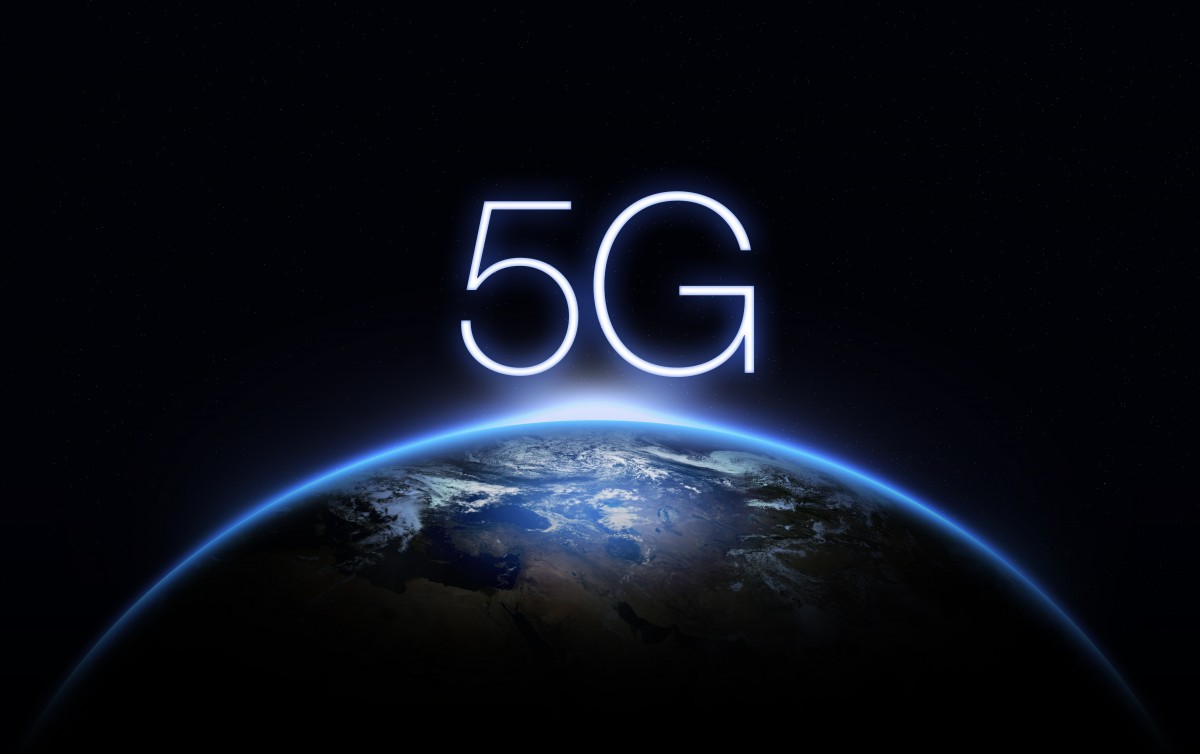5G is actually a complex hybrid of differing radio frequency (RF) technologies connected to an ultrafast, managed network infrastructure that will deliver different services to different devices and applications. At the same time, 5G has to cope with the ever-increasing number of devices connected to the network. Those devices are not exclusively mobile phones and tablet devices but will include IoT devices such as sensors and vending devices, edge servers, and emerging technologies such as automated controls and augmented and virtual reality.
Below is the summary of key features the 5G standard has:
High data throughput. 5G is expected to be anywhere from 10 to 100 times faster than current 4G networks, depending upon the RF implementation used. Some territories and countries may only license certain frequencies, which would prevent the maximum potential speed from being achieved. Chipmaker Qualcomm reckons that mobile phones could achieve, in non-laboratory conditions, speeds close to 1Gbps in the short term. Under laboratory conditions, they have achieved speeds as fast as 36Gbps.
Support of fast movement. All mobile networks support movement. When you move from one area to another, the mobile network will seamlessly handover to the next base station without your being aware of it. However, at high speed, this handover might not take place quick enough and can result in an interruption of the mobile service — not good if the device is critically dependent on being connected to a network. 5G will support fast movement up to 310mph reliably.
Connection density. The 5G standard should be able to support up to 1 million connected devices per square kilometre (or 2.7 million per square mile). This is a key feature given that IoT devices are expected to grow exponentially in the coming years. IoT Analytics predicts that the number of Internet-connected devices will increase from 7 billion in 2018 to 21.5 billion by 2025.
Low latency. The target latency for 5G is 1 to 4 milliseconds, although equipment shipping in 2019 has tested air latency of 8 to 12 milliseconds, a number that will be improved upon. Low latency is critical for automation and augmented reality applications, where milliseconds matter. Examples of applications of where low latency is critical is remote surgery and autonomous vehicles.
Lower energy consumption. Sensors and other IoT devices need to be energy efficient in order for them to be used practically. Typically, these sensors will be very small, and thus will use a small battery. The use of batteries avoids the need to lay power cables, which often is not practice. Battery driven devices allows quicker deployment. Batteries can last up to 2 years (or longer) under these standards, and they have the means of communicating when the battery needs to be changed well in advanced of it being drained completely.





